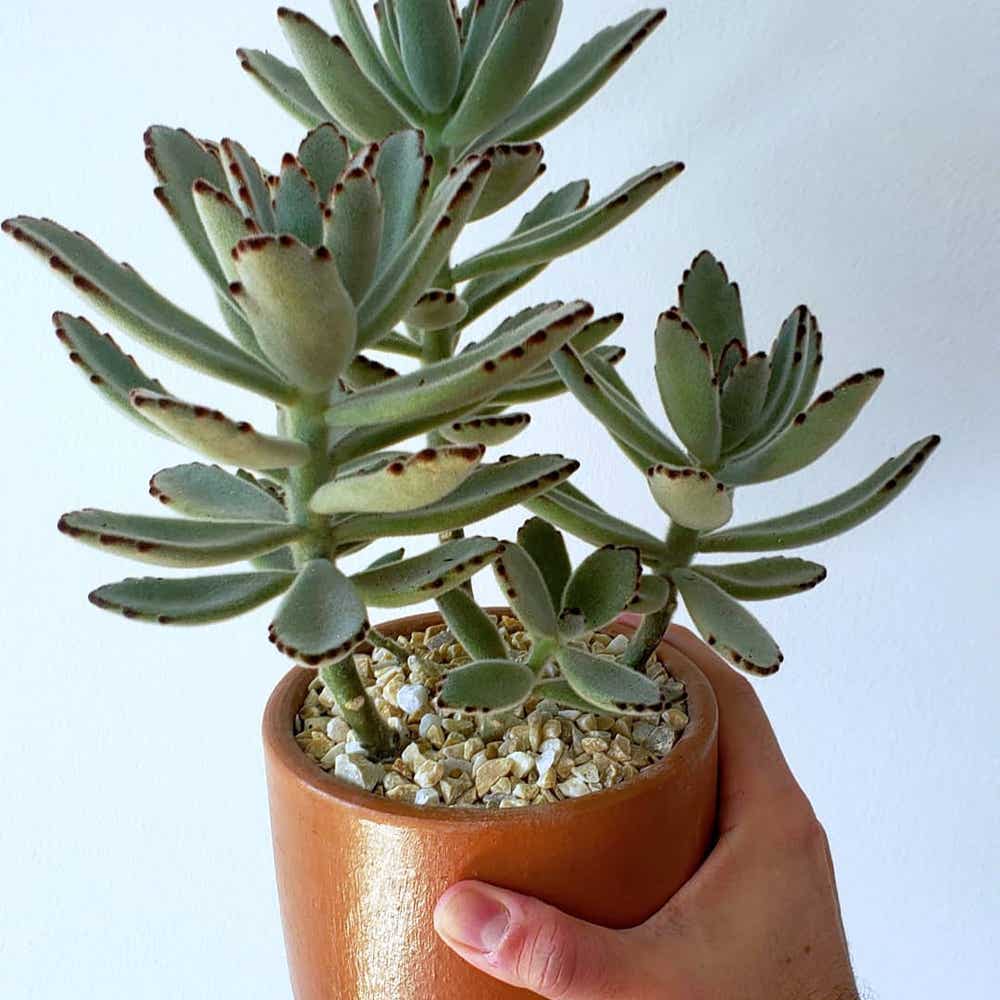The Panda Plant: A Unique and Beautiful Succulent
One of the most popular and unique succulents in the plant world is the Panda Plant. Known for its fuzzy leaves and striking appearance, this plant has captured the hearts of many plant enthusiasts around the world. In this article, we will delve into the fascinating world of the Panda Plant, exploring its origins, care requirements, and why it has become such a beloved addition to any indoor garden.
Origins and Description
The Panda Plant, also known as Kalanchoe tomentosa, is a species of flowering plant in the Crassulaceae family. It is native to Madagascar and has now become a popular houseplant in many regions due to its unique appearance and ease of care. The plant gets its common name from its fuzzy, silvery leaves that resemble the fur of a panda bear.
The leaves of the Panda Plant are oblong or lance-shaped, with a soft, velvety texture. They are covered in tiny white or silver hairs that give the plant a frosted appearance. The edges of the leaves are lined with small, tooth-like structures, adding to the plant’s distinctive look.
Care Requirements
One of the reasons why the Panda Plant has become so popular is due to its low maintenance requirements. This plant is well-suited to indoor environments and is relatively easy to care for, making it an ideal choice for beginners or those with busy schedules.
Light

The Panda Plant thrives in bright, indirect light. It should be placed near a window where it can receive plenty of sunlight, but be sure to protect it from direct sun exposure, as this can cause the leaves to burn. If your plant starts to look leggy or stretched out, it may be a sign that it is not receiving enough light.
Watering
Like most succulents, the Panda Plant prefers to dry out between waterings. Water the plant thoroughly when the top inch of soil feels dry to the touch, but be sure not to overwater, as this can lead to root rot. During the winter months, when the plant is not actively growing, reduce watering to prevent the roots from becoming waterlogged.
Soil and Potting
It is important to use a well-draining soil mix for your Panda Plant, as this will prevent water from pooling around the roots and causing them to rot. A cactus or succulent potting mix is ideal for this plant. When repotting, choose a pot with drainage holes to allow excess water to escape.
Temperature and Humidity
The Panda Plant prefers warm temperatures and can tolerate a range of humidity levels. It is important to protect the plant from cold drafts and temperatures below 50°F (10°C), as this can cause damage to the leaves. If you live in a dry climate, consider misting the plant occasionally to increase humidity levels.
Propagation

One of the great things about the Panda Plant is that it is easy to propagate. This can be done by taking stem or leaf cuttings from the plant and allowing them to dry out for a few days before planting them in a well-draining soil mix. The cuttings should be placed in a bright, indirect light and kept slightly moist until roots develop.
Benefits of the Panda Plant
Aside from its striking appearance and low maintenance requirements, the Panda Plant also offers a number of benefits to its owners. Like other succulents, it is known for its air-purifying properties, helping to remove toxins from the air and improve indoor air quality. Additionally, the fuzzy leaves of the plant can provide a unique tactile experience for those who enjoy touching and interacting with their plants.